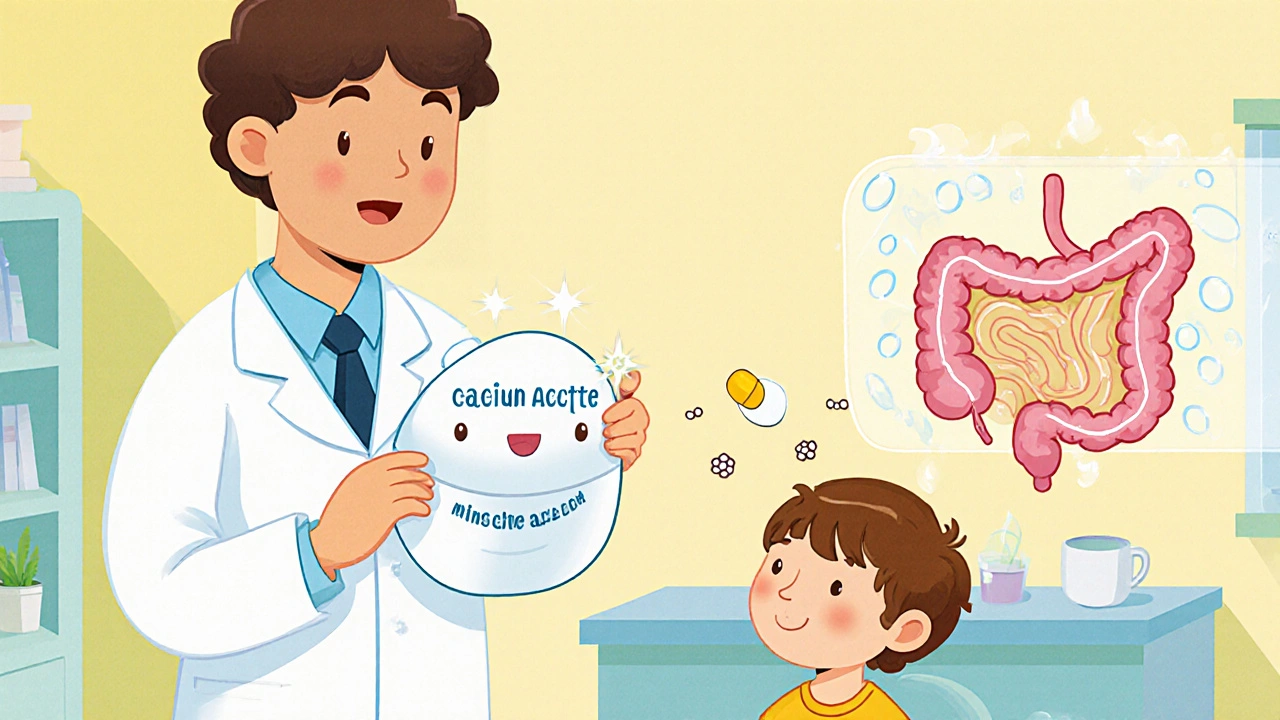Phosphate Binder: What It Is, How It Works, and Which Options Work Best
When your kidneys can't filter phosphorus properly, phosphate binder, a medication taken with meals to block dietary phosphorus from entering the bloodstream. Also known as phosphorus binder, it's a daily necessity for many people on dialysis or with advanced chronic kidney disease. Without it, too much phosphorus builds up—leading to weak bones, heart problems, and even early death. It’s not a cure, but it’s one of the most critical tools in managing kidney health.
Phosphate binders work by attaching to the phosphorus in your food before your body can absorb it. They pass through your gut and leave with your stool. There are three main types: calcium-based binders, like calcium acetate or calcium carbonate, which are common and low-cost but can raise calcium levels too high; non-calcium binders, such as sevelamer and lanthanum, which don’t affect calcium but cost more; and iron-based binders, a newer option that helps both phosphorus and anemia. Your doctor picks based on your blood levels, other meds, and whether you’re on dialysis.
It’s not just about popping a pill. Timing matters—you need to take them right before or during every meal or snack that has phosphorus. Skip them, and even a small portion of cheese or soda can spike your levels. Many people also need to cut back on processed foods, colas, and packaged snacks, since those are loaded with hidden phosphorus additives. It’s a lifestyle shift, not just a medication.
People on dialysis rely on phosphate binders the most—over 80% of them take them daily. But even those with early kidney disease might need them if their phosphorus stays high. Some binders can cause stomach upset or constipation, so switching types is common. And while they’re not flashy like new drugs, getting the right binder right can mean the difference between staying out of the hospital and facing serious complications.
Below, you’ll find detailed comparisons of phosphate binders and related treatments—what works, what doesn’t, and how real patients manage them every day. These aren’t generic lists. They’re real-world guides based on actual medical data and patient experiences, covering everything from cost to side effects to how to take them without forgetting.

Calcium Acetate Pharmacokinetics: A Complete Guide for Clinicians
Explore calcium acetate's absorption, distribution, metabolism, and excretion in CKD. Learn dosing tips, drug interactions, and how it compares to other phosphate binders.
